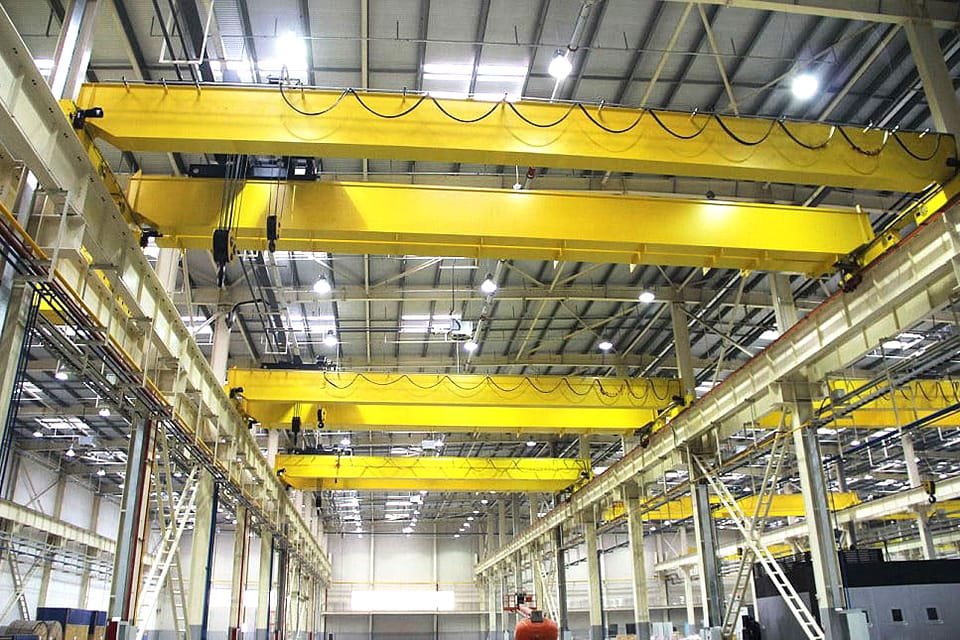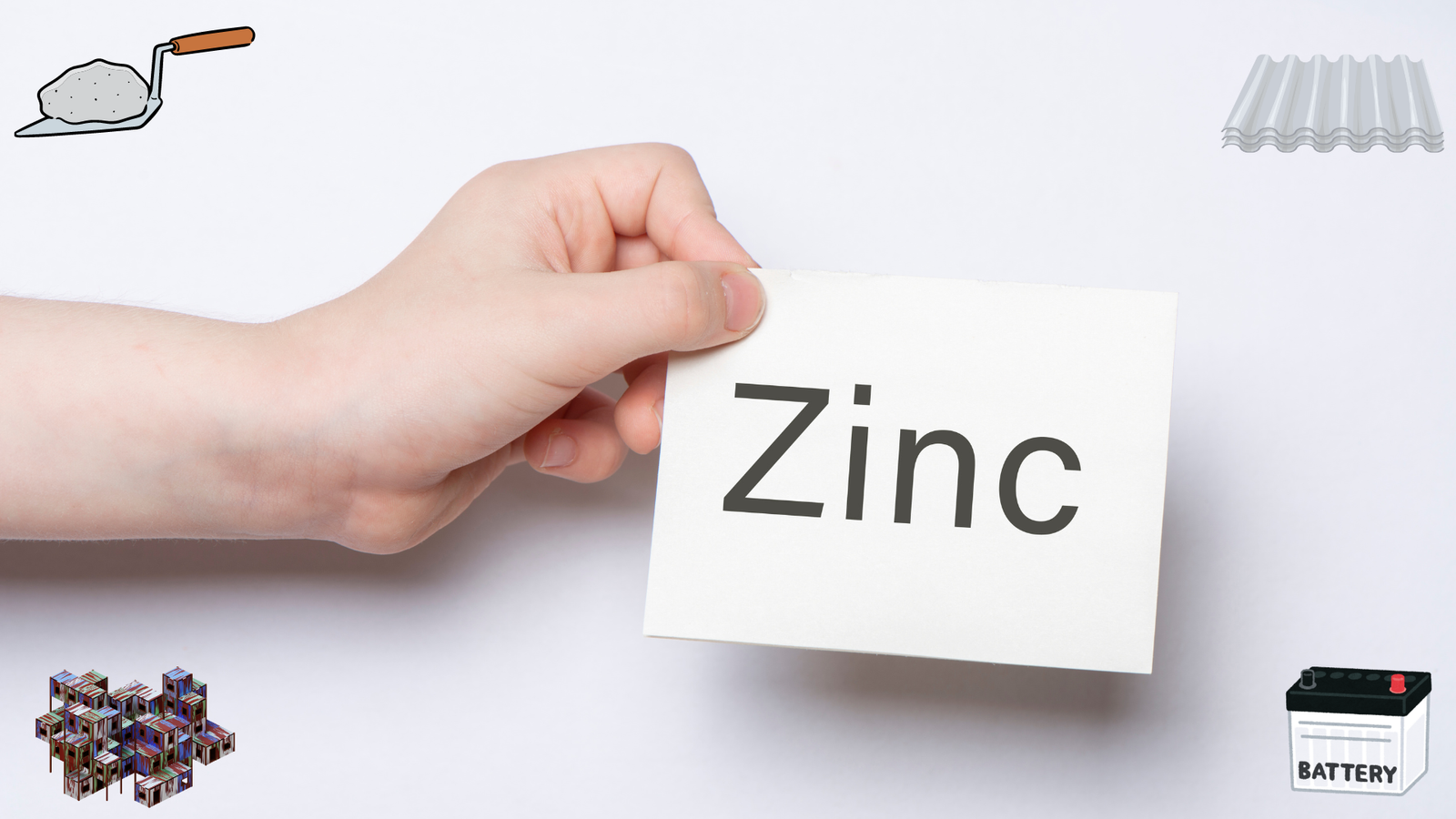In modern industry, cranes and lifting machinery are essential equipment, widely used in construction, manufacturing, logistics, and many other sectors. However, with technological advancements and increasing industrial demands, the frequency and complexity of crane usage have continually risen, making safety issues more critical. Enhancing safety in the crane industry has become a key issue.

Safety Challenges in the Crane Industry
- Aging Equipment and Technological Upgrades: Many companies are still using outdated crane equipment, which poses significant safety risks due to outdated technology and design flaws. In contrast, modern double girder eot cranes are equipped with more safety features, such as load monitoring, automatic shutdown, and anti-tipping devices, which can effectively reduce the occurrence of accidents.
- Complex and Variable Working Environments: In the complex and ever-changing environments of construction sites or factories, the operation of cranes often faces many uncertain factors, such as weather changes, complex terrain, and interference from other equipment, all of which can lead to accidental incidents.
Technological Innovation Drives Safety Upgrades in Cranes
- Introduction of Smart Monitoring Systems: With the development of the Internet of Things (IoT) and big data technology, smart monitoring systems have become an essential means of improving crane safety. Through sensors and real-time data analysis, these systems can continuously monitor the operating status of cranes and issue timely warnings when abnormalities are detected, thereby preventing accidents.
- Automation and Remote Operation: The application of automation technology allows cranes to perform complex tasks without human intervention, reducing the risks associated with manual operations. Additionally, remote operation technology enables operators to control equipment from a safe distance, further minimizing personal safety risks.
Read Elevate-safety-7-cutting-edge-modern-overhead-crane-safety-systems/
Integration of Intelligent Technology and Safety in Cranes
As technology continues to advance, the crane industry will see even deeper integration in the field of safety. In the future, intelligence and automation will become the mainstream direction of industry development. By combining technological innovation with management practices, the crane industry will be able to ensure safety while also achieving sustainable industry development.
Key technical aspects of crane operational safety include intelligent boom technology, spatial recognition technology, lift planning and intelligent navigation technology.
Intelligent Boom Technology
Anti-Sway Control Technology During Rotation
During crane rotation, the hook may sway with the movement, and less experienced operators may cause significant impacts on the site, leading to accidents. Anti-sway control technology effectively prevents such accidents. During operation, the system actively collects data on the crane’s load, rotation angle, and acceleration, anticipating the operator’s intentions to achieve proactive control and prevent accidents.
Hook Following Technology
When a crane’s boom is luffing or telescoping, traditional crane hooks cannot change position in sync with the boom’s movements, resulting in significant changes in the hook’s position before and after the boom’s movement. Hook following technology effectively addresses this issue, ensuring that the lifted object does not undergo large displacements during construction, thus improving safety.
Luffing Compensation Control Technology
When the boom is loaded, it undergoes slight deformation, causing the lifted object to deviate from the predetermined vertical and horizontal lines. Operators with less experience may not predict the extent of the boom’s deviation when loaded, which poses a safety risk. Luffing compensation control technology solves this problem by automatically compensating for the deviation when the crane is loaded, keeping the object aligned with the predefined standard lines.
Spatial Recognition Technology
In confined spaces, collisions are highly likely to occur. Spatial recognition technology uses sound waves, electromagnetic induction, temperature, and other means to sense the environment and construct computer models, enabling precise identification of the operating environment and effective safety management.
Lift Planning and Intelligent Navigation
Lift planning systems can be integrated into onboard systems, where simplified modeling can be performed. After modeling, the system can automatically generate a navigation path for operations, guiding users to operate according to the navigation. Following this concept, it may be possible to achieve unmanned operations in the future by utilizing remote control technology for cranes in conjunction with navigation systems to build an automated operation system.
Read: Secure Your Lifts:Guidelines for Safe Lifting Operations Free Planning Tool
Conclusion
Safety issues in the crane and lifting machinery industry are complex and multifaceted challenges. Through continuous technological innovation and the optimization of management practices, companies can ensure the safety of equipment while achieving more efficient and safer production operations. This is not only the trend of industry development but also a key aspect of corporate social responsibility.
Read : The Future of Building Safely: VR Training for Construction Sites



